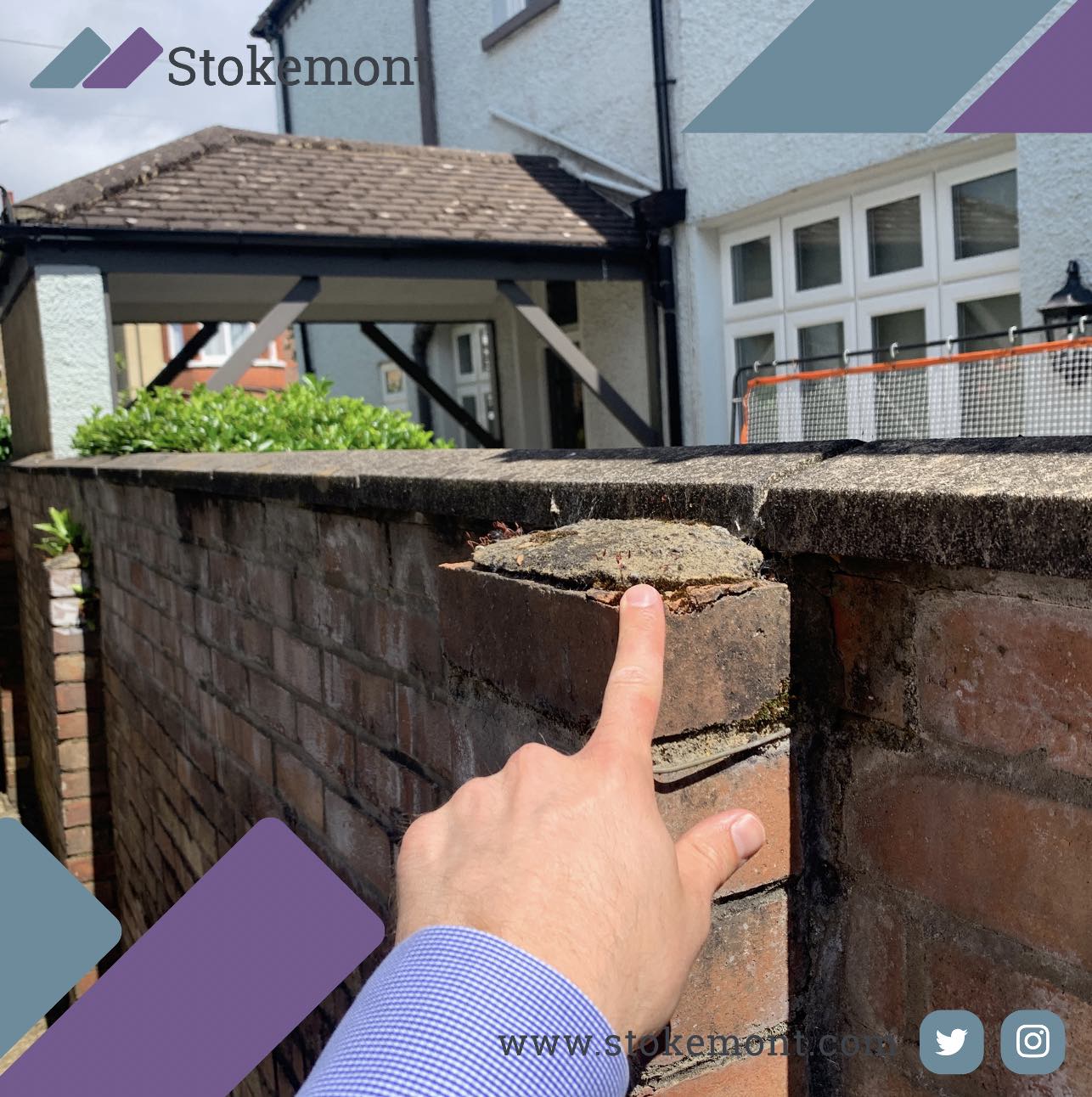
What To Do If You Have Wet And Mould In Your House
Condensation On Walls: Why Are My Walls Sweating? If you've invested any time jumping between leased homes, you'll have heard the tale of the irritated occupants' final farewell to an unpopular proprietor. The most likely apocryphal occupants repetitively ask the proprietor to do something regarding the cold and the wet yet every time, the landlord shrugs, mutters concerning how much it would set you back and needs their lease. 2 weeks after the tenants get their deposits back, the message appears in letters of black mould. A critical component of this approach is the lumpy plastic sheeting positioned at the base of the wall and below the piece edge.What Are The Best Methods To Eliminate Mould?
Whilst utilizing these on an older structure doesn't ensure a prompt concern, it is far more most likely damp will start to create with time as the balance of the building's building and construction is disturbed. It is very important to understand below that these are simply visual signs of a moist issue. Older buildings are prized for their personality and capacity to stand the test of time, yet regardless of this, lots of property owners or buyers will certainly find moist someplace. By reading this blog, we can help you recognize the causes of wet in your building and overview you via how to appropriately handle it. The dampness can be in the form of water vapour or fluid water and it might be brought on by different aspects.Just How To Prevent Passing Through Damp
This can lead to significant damage to floor covering and furniture, or moving home window panes. Low moisture can also create excess fixed electricity, which often influences electric equipment and computer systems. The wall surfaces of your home will normally have air/vapor obstacles, intended to stop warm damp air passing through the surface area, but these are never ever best. Specifically when the weather condition is warmer, dampness can condense in foundation products, crawl rooms, and basements, causing troubles with the framework. High moisture can trigger problems in your home if relative humidity regularly goes beyond 60%.Why Is My House So Dusty? 4 Common Causes of Dust - Better Homes & Gardens
Why Is My House So Dusty? 4 Common Causes of Dust.
Posted: Wed, 03 Apr 2024 07:00:00 GMT [source]
- Along with a considerable variety of damp-proofing products, we also have years of experience to share.
- Vapor diffusion is the activity of wetness in the vapor state through a product.
- When this damp air enters call with cooler surface areas, it condenses right into water beads.
- Daily tasks like food preparation, bathing, drying out garments indoors, and even breathing add to the moisture material airborne.
- Water can get involved in a home from the elements outdoors, such as after an electrical storm or hefty rainfall.
- A two-fold treatment that both eliminates mould and secures versus more colonisation is recommended as a lasting remedy against mould infestation.
Exactly how do you damp evidence a house?
, triggered charcoal and also cooking soda can be utilized to eliminate moisture and soak up smells. Aluminum foil test: If you have actually noticed a wet issue however aren't sure if it's brought on by condensation or passing through or climbing wet, you can utilize an aluminum foil examination. Tape a square of aluminium foil to the wall surface and leave it there for a day. On inspection, if the side facing away from the wall surface is wet, you have a problem with condensation. Seal voids and splits. A lot of homes(particularly older ones) have voids and fractures in exterior aspects like exterior siding panels or windows and door trim.Repaint stopping working paint.Inspect and reseal roofing system waterproofing components.Clean areas that are prone to clogging. Usage Sodium Bicarbonate. Sodium bicarbonate is also rather efficient at eliminating dampness. Location bowls of the stuff in any type of locations of your house where moisture is high. Sodium bicarbonate functions ideal in smaller sized spaces, so utilize charcoal or rock salt if

